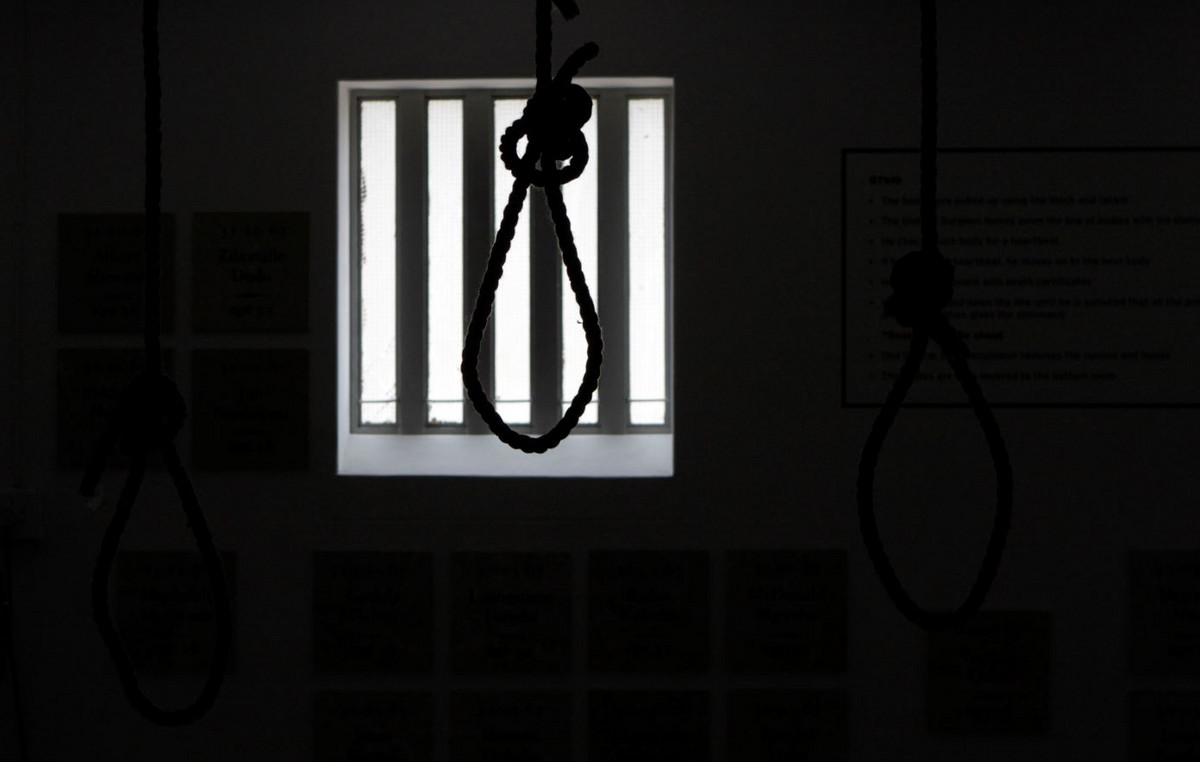By Allison Schrager
We have awakened the beast and now we may have to learn to live with it. After more than 20 years of low, steady inflation, it’s rebounding—to over 9%—and may never return to pre-pandemic levels.
We’ve already lost the advantages of our once economy: the low interest rates and wage increases that actually made you richer when you got them. Now we must also manage a new danger to our lives, the beast we thought we had tamed.
The pandemic has changed many things and forced me to reluctantly abandon my long-held belief that inflation is something we know how to control. That policymakers can pick an inflation rate, stick to it, and everything will be fine from there. That Americans will always know what their dollars are really worth.
Uncertainty is an indirect reduction in income
This certainty is of great value. If you have two different assets with the same average return, but one is more volatile than the other, the riskier asset is worth less – especially for people on low incomes and tight budgets. The same principle applies to your income. Knowing how much beef and gas will cost helps you plan and budget your expenses. So less certainty about prices means your income is less valuable. Essentially, the added risk equates to a pay cut.
Inflation in the future will not only be higher, but also less stable. And there are reasons for that.
History provides us with a long record of missteps in monetary policy. Central banks cause more inflation by printing too much money or cutting interest rates too far at the wrong time. High and unpredictable inflation was a feature of the post-World War II economy. But economists seemed to have figured it out in the 1990s. If we just picked a target, say a 2% inflation rate, that would become a self-fulfilling prophecy. People could count on maintaining that level of inflation because the Federal Reserve could achieve it, and wages and prices would rise accordingly.
In my graduate studies, I was taught that the best practice in monetary policy is to target a certain level of inflation, say 2%. One of my professors from those days, however, Jean Boivin, now Head of the BlackRock Investment Institute and former deputy governor at Canada’s central bank, recently argued that economists may never have actually solved the inflation problem. We may just have been very lucky.
An entire era is over
In the midst of booming international trade and globalization, especially with many goods coming from countries with cheap labor, the world economy displayed an excess of abundance. Advances in technology have made these things – and services – even cheaper. Demand fluctuated, causing occasional recessions. Central bankers, however, were pretty good at managing a demand-driven economy so inflation remained low and stable. It seemed as if inflation was a problem of the past, something that skilled technocrats could now manage.
Covid-19 shattered that illusion. The world “shut down” through lockdowns and there was less trade. Supply contracted sharply for the first time in decades. This sparked inflation around the world. However, inflation is higher in the US due to policy choices. Economists still don’t have efficient models for predicting inflation, but we know for sure that sending everyone checks for free money and paying for it by having the Fed buy the debt that comes from spending is inflationary policy.
Add in shrinking supply and you have the worst inflation in 40 years. Not only is it high, but it continues to amaze us. And the uncertainty is almost as bad as the higher prices. The more inflation is high and unpredictable, the more it becomes embedded in wages, interest rates and expectations. It thus enters the framework of the economy and it is very difficult to get rid of it afterwards.
Years of high inflation
The inflation problem we face is a supply and demand problem. The Fed can only affect demand, but that still gives it the ability to reduce inflation. Lower inflation, however, does not mean a return to a reliable 2%.
Even if the war ends and China’s economy fully returns to normal operation, supply constraints may remain. Amid less globalisation, an aging population and aims for a greener economy, we may end up with a supply chain that is less reliable and grows at a slower rate. This means less effective monetary policy in the future.
Even before the pandemic, there were flaws in the idea that the Fed could practically “choose” the rate of inflation. Inflation has hovered below target for years, no matter how low the Fed kept interest rates.
Many economists now speculate that once the Fed gets inflation down to about 4%, it may abandon further monetary tightening, especially if we’re in a recession by then. From that point on, we will now have years of inflation above target, after all those years below target. The Fed’s 2% target will begin to look like a cold joke, stripped of the credibility it once had. Americans will have to adjust to living with higher inflation and less certainty about the value of their money – and this represents a major blow to the well-being of the US people.
It also means monetary policy needs rethinking, starting with less arrogance on the part of the Fed. The central bank can help manage demand and – if it avoids adding new mistakes to those it has made recently – make inflation a little less volatile.
However, amid ongoing supply issues and reduced reliability, it will no longer offer the predictability we’ve become accustomed to. We must learn to live with more uncertainty and let go of the comforting illusion that technocrats can manage this great source of danger to our lives. If it’s any small consolation, we now know that this was always an illusion after all.
Source: Bloomberg
I’m Ava Paul, an experienced news website author with a special focus on the entertainment section. Over the past five years, I have worked in various positions of media and communication at World Stock Market. My experience has given me extensive knowledge in writing, editing, researching and reporting on stories related to the entertainment industry.







